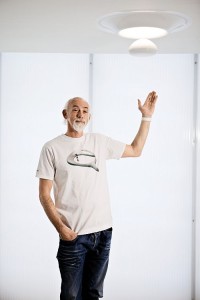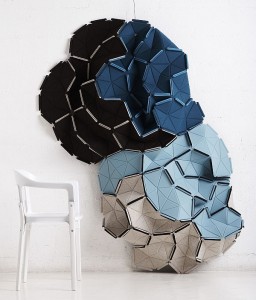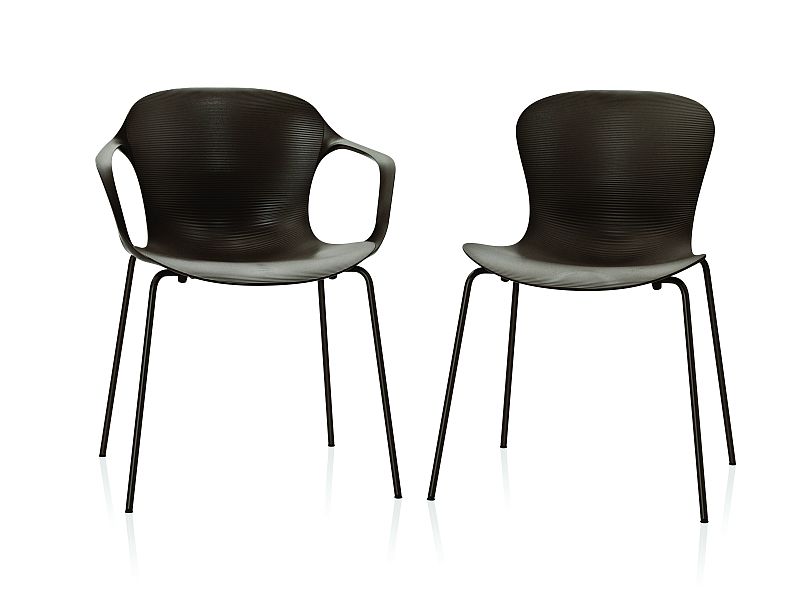Awards | Danespotting 2010 | Designer | Exhibitions and Shows | Fritz Hansen | Producer | Product | Vitra

Timely to the end of our rantings against the current state of Danish design - the Danish Design Centre in Copenhagen recently hosted the Danish Design Prize awards 2010/11
In his introduction the Danish Design Centre CEO Christian Scherfig asks " ... what is good design in the 21st century ?"
The DDCs answer is 11 prize winners from 17 nominations in 4 categories.
Whereas most would have also been good design in the 20th century, and a couple even in the 19th, all of the featured designs certainly show a lot more innovation, creativity and understanding of what "design" is meant to be than most of the tat we saw at CODE.
But much more importantly, the Danish Design Prize amplifies an unmistakable truth.
A truth most of the exhibitors at CODE 10 need to learn.
Traditionally furniture design is a branch of product design which is branch of industrial design.
Furniture design, however, isn't what it once was: and in the separation of the categories "industrial design" and "lifestyle" the Danish Design Prize indicates that it understands that.
Because by "lifestyle" they mean furniture.
Furniture design per se has very little left to offer. Tables, chairs, beds can't be re-invented, they can only be improved.
Back in the day furniture design was an active branch of product and industrial design because of the seemingly endless stream of new materials that were being invented, and the need to find ways to incorporate these new materials in furniture production. Today's "new" materials are largely variations on existing materials and one of the main challenges now is to use these materials to improve the furniture we have. Be it economically, ergonomically or ecologically.
The days of furniture design as pure product design are numbered.
NAP by Kasper Salto for Fritz Hansen being a wonderful example. The concept of the moulded synthetic shell chair effectively began with Eero Saarinen and Charles Eames in the 1940s.
That was the product/industrial design phase.
NAP takes the concept and evolves it to include the fact that sitting is an active process and the shell needs to maintain its comfort in numerous sitting positions.
In designing NAP Kasper Salto has not only created a delightful, ergonomic, affordable chair but wonderfully demonstrated his understanding of products and the modern furniture design process.

Clouds by Ronan and Erwan Bouroullec for Kvadrat, another prize winner in the category "lifestyle" ,is more analogous with graphic design than product design. With Algue for Vitra the Bouroullec's created a new form of room division, with Clouds they play with our perceptions of textiles and their uses.
Clouds is a wonderful and interesting piece of concept design; but it isn't product design or industrial design.
And as such is a beautiful example of the reality many Danish furniture companies have yet to grasp.
What the Danish Design Prize 2010/11 also shows, however, is that "real" Industrial Design in Denmark is every bit as healthy as graphic, interactive and multimedia design; something the exhibition "Denmark by Design" in the DDC cellar also wonderfully demonstrates.
An exhibition of the Danish Design Prize 2010/11 winners is on display at the Danish Design Centre, HC Andersens Boulevard 27, Copenhagen until April 25th
